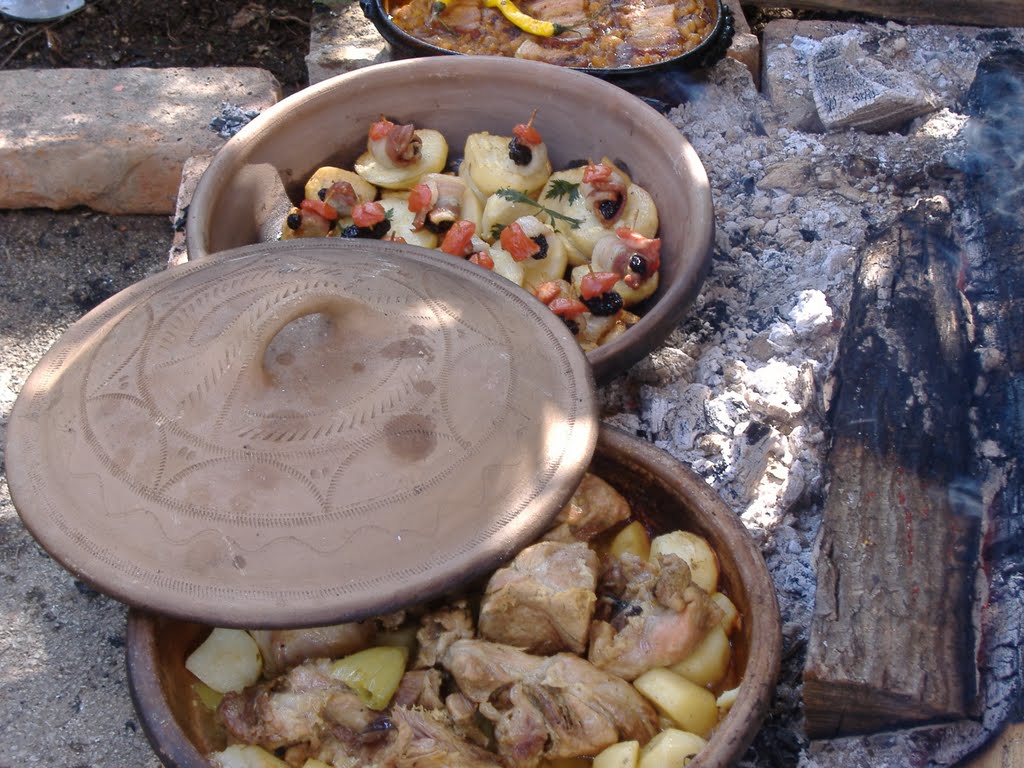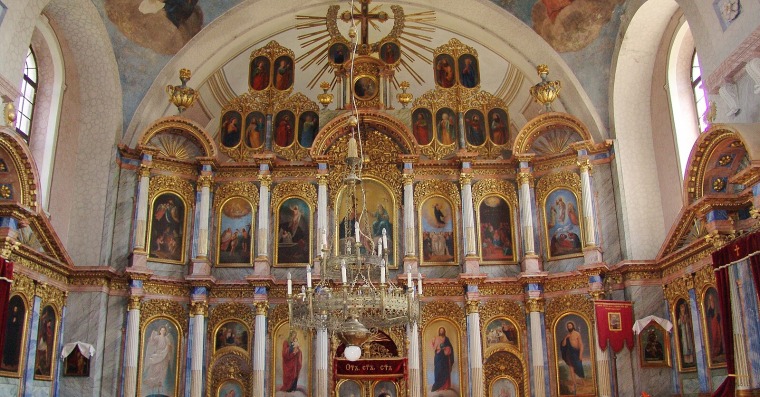The village Vrtovac has been the place where the unique pre-Christian sacrifice ritual, popularly known as “The prayer under Midzor”, is traditionally organized for centuries.
At the foot of one of the most picturesque areas in Serbia, Stara Planina, the old custom is still kept, and due to its uniqueness, authenticity and tradition that the villagers have been transferring “from one generation to another” for years, it was included on the UNESCO’s list of intangible cultural heritage.

The particularity of this unusual custom is reflected in the diversity and number of processions held before and during one of the most important Kṛṣṇa slava of Serbia – Saint George (Đurđevdan). The celebration in Vrtovac starts on Friday before St. George’s Day, when people from the village pick herbs from the slopes of the mountain, believing that the power of herbs will be transferred to humans and livestock. Using these herbs, the famous St. George flower wreaths are woven.
At the break of dawn on the day of the patron saint, May 6th, many local householders are driving their flocks to the place where the grass is good and rich. When they return from the pastures, shepherds wait for their wives to give them a flower garland through which they then symbolically milk the sheep. It is the day when, for the first time in a year, a lamb called đurđilče is slaughtered in a ceremonial manner.
When a householder starts slaughtering a lamb, he puts a garland around its neck, lights a candle on its right horn and gives a lamb a pinch of salt to lick. Then he crosses himself three times and prays to God with the words: “I am not the one to slaughter you, but St. George’s day!” Đurđilče (the lamb) actually represents the “Prayer,” which is, on behalf of the village, ritually slaughtered by the Covenant stone cross in the cell (the chapel dedicated to St. George) atthe place called Kalavat.

The specificity of this ritual is also the fact that the carved figure of the ancient pre-Christian deity on the horse – “Thracian Heros” is engraved on the stone cross. From the ancient times of acceptance of Christianity, this deity has transformed into the image of St. George. Each year this ancient custom brings together a large number of residents and curious tourists who watch each segment of the unusual event with great curiosity.
Every year apastry cookhost is selected and he is the one to make the sacrifice and the one who takes further care of the religious content of the ritual. The “slava cake” is prepared for this spring festival, and then ritually broken in each house by the host of slava together with the priest or the oldest guest. Inside the celebration cell the cake is broken by slava host and planinka (mountain woman), an elected women, richly decorated with various herbs, who is believed to represent the spirit of nature and is considered to be the guardian of milk processing.
The ethno festival called Đurđevdan meetings – The Prayer, is traditionally organized in village Vrtovac on the day of St. George, as well as the shepherd games in the nearby village of Balta Berilovac. This event is characterized by a variety of attractive folklore performances and authentic culinary specialties.
The majority of the residents of small villages scattered across the slopes of Stara planina are engaged in cattle breeding, and in many houses various customs related specifically to livestock are practiced. Therefore, it is not surprising that almost all residents celebrate St. George (which is the Slava of stockbreeders), and this area is one of the places rich in terms of intangible cultural heritage.
Serbs from the Diaspora regular participants in the pre-Christian customs in Vrtovče
Leaving the home country for the majority of the Serbian people does not mean the end of practicing the rituals and customs. One of the most important and also the most commonly applied customs is the celebration of home saint or patron (Kṛṣṇa slava). That is why St. George’s ceremony, for the most part of the Serbian people living in Diaspora, is indispensable holiday in which they gladly participate with their families every year.
“Every May, on St. George’s day, my family and I visit villages Vrtovac and Berilovac. Considering that for some time we do not live in Serbia, for us to attend this traditional ceremony is of great significance. We come, we pray, we see our friends, and spend a few days in beautiful surroundings of Stara planina mountain. For us it is the most beautiful period of the year,” he tells us with a smile, a former resident of the nearby town of Pirot.
Photos: www.knjazevacinfo.rs


























